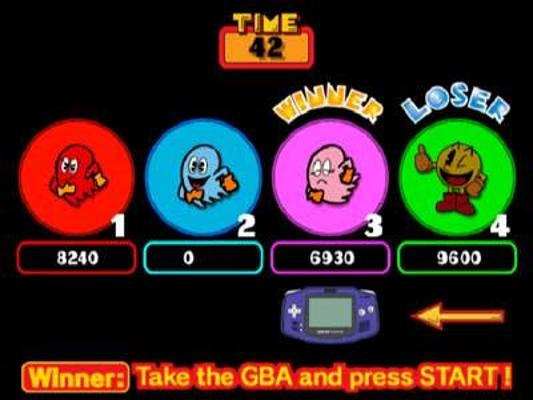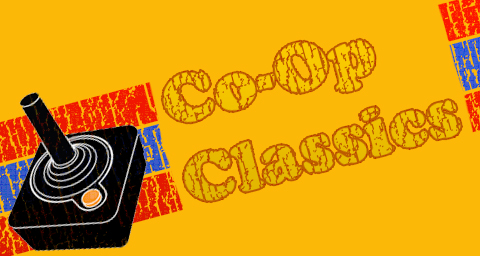Pac-Man is the most popular video game character of all time. Mario and Master Chief are great, no doubt, but neither of them had a Top 40 pop hit, like Pac-Man did back in the day. Many game historians consider Pac-Man to be the most important video game of all time; considering the countless sequels and tie-in merchandise that has been produced over the past three decades, it's hard to argue otherwise. Today we'll take a look at two versions of Pac-Man that include a form of co-op gameplay.
Before we get too far into this discussion, let's take a look at the Official Co-Optimus Definition of Co-Op:
A co-op game is a game where two or more players work together to accomplish a goal
against AI opponents. Ideally the game will feature a strong story in which both players take part of. Co-Op can be online over the internet, offline on the same console, or via a LAN or Wireless Network.We do not consider team based games as co-op where players face off against another team of human players.
For the purposes of this article, we are going to strike out a few choice bits of this definition. We don't normally ignore the rules, but given that Pac-Man is undeniably a classic video game, and today is in fact the 30th anniversary of the game's release, we'll make an exception. I'm guessing most of our readers are single player gamers, anyway, and likely have a fondness for Pac-Man.

The original Pac-Man, Ms. Pac-Man, and a whole host of other sequels were meant as single-player experiences. Though a two-player mode was included, it merely allowed friends to alternate turns. In late 2003, Pacman Vs. was released for the Nintendo Gamecube. It was a pack-in with a few Gamecube titles, most notably Pac-Man World 2. Designed by Mario creator Sigeru Miyamoto, Pacman Vs. offered a simultaneous multiplayer experience to Pac-fans for the first time. The game required the use of one Game Boy Advance handheld, connected to the Gamecube via a cable. (Only a few games used this GBA/GC connectivity, including Zelda Four Swords Adventures, which we covered previously.)
The classic Pac-Man gameplay formula was unchanged: Pac-Man ate dots for score, and power pellets allowed him to eat the ghosts that wandered the maze in search of him. In the original Pac-man, ghosts moved in predictable patterns that could be learned and avoided. Not so in Pac-Man Vs.! Instead, up to three human players controlled the ghosts in the maze, displayed on the TV screen and controlled with Gamecube controllers. Another human player controlled Pac-Man, using the linked Game Boy Advance. As you might imagine, avoiding human ghosts is far harder than even the trickiest computer controlled ghosts. In fact, the three to one advantage ghosts had over Pac-Man would be almost impossible to overcome, except for one fact: ghosts could see only a very limited portion of the overall maze on the TV screen.
